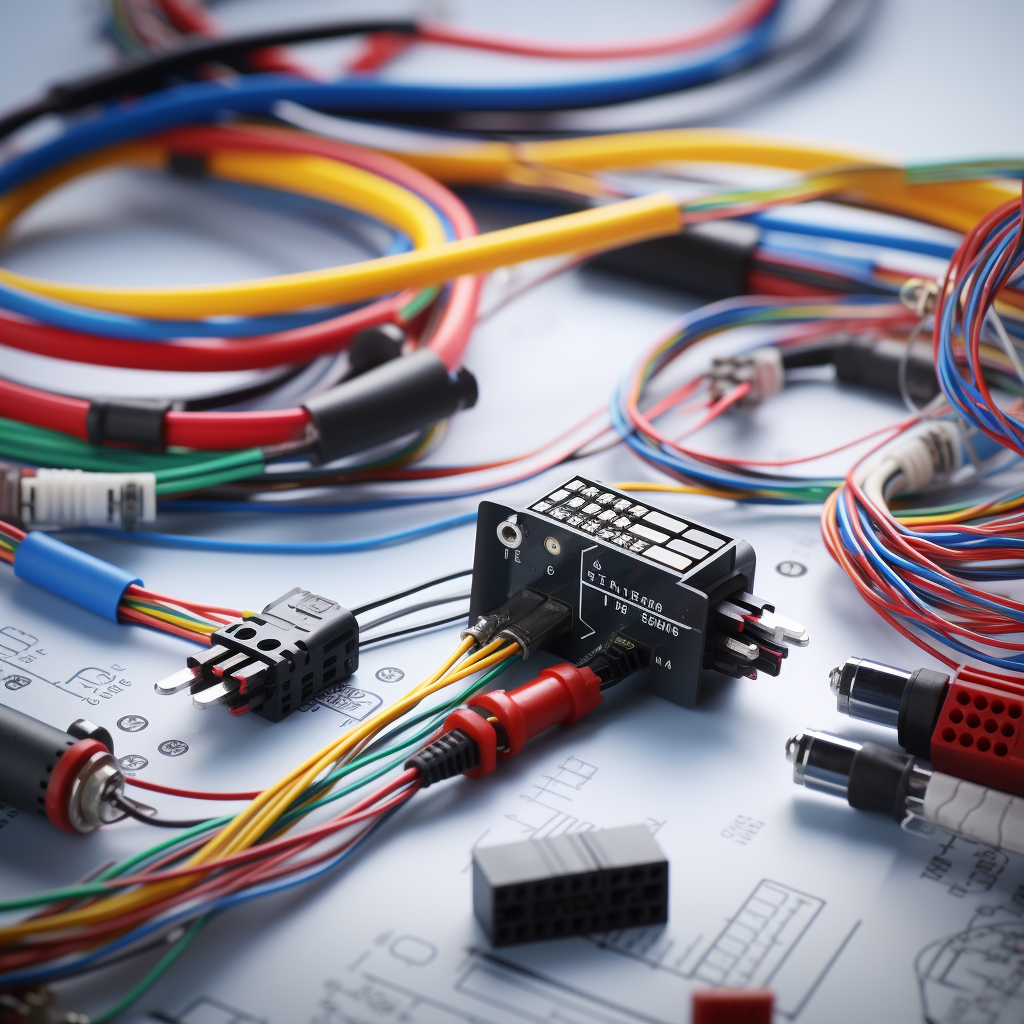Introduction
Wire harness design is an intricate and critical component in various electronic and electrical systems. It involves not just the physical assembly of wires and connectors, but also a deep understanding of electrical functionality, safety, and efficiency. Whether you’re an engineer, a project manager, or a hobbyist, grasping the basics of wire harness design is essential. This blog post aims to shed light on these fundamentals, ensuring a strong foundation for anyone venturing into this field.
1. Defining Wire Harnesses:
A wire harness is essentially a group of wires or cables organized into a single unit for efficient management and signal transmission. They are used in everything from automobiles to spacecraft, simplifying installations and providing a cleaner, more organized setup compared to loose wires or cables.
2. Understanding Wire Specifications:
The first step in wire harness design is understanding wire specifications such as gauge, insulation type, and conductor material. Each aspect plays a vital role in determining the harness’s suitability for specific applications, particularly concerning current capacity, resistance, and environmental exposure.
3. Schematic and Layout Design:
Creating a detailed schematic is crucial. This diagram should accurately represent the circuitry and electrical components, illustrating how wires and connectors intersect. Following the schematic, a physical layout plan is designed, considering the spatial arrangement and routing paths in the final installation environment.
4. Selection of Connectors and Terminals:
Choosing the right connectors and terminals is key to ensuring reliable connections within the harness. Factors such as the type of signal, electrical load, and environmental conditions will guide this selection. Additionally, ease of installation and maintenance are important considerations.
5. Protective Coverings for Durability:
Protecting the wires from environmental factors like moisture, heat, and abrasion is essential. This involves selecting appropriate sheathing materials such as braided sleeving, conduit, or heat shrink tubing, which can significantly enhance the durability and lifespan of the wire harness.
6. Adherence to Standards and Compliance:
Compliance with industry standards and safety regulations is non-negotiable. This ensures not only the safety of the wire harness but also its compatibility with other components and systems. Familiarity with standards such as those set by the IEEE, UL, or automotive norms is essential.
7. Prototyping and Testing:
Before full-scale production, creating a prototype is a practical step. It allows for testing and refinement of the design. Testing should include checking for electrical functionality, durability, and safety to ensure the wire harness meets all specified requirements.
Conclusion
Wire harness design is a complex but fascinating field, blending electrical knowledge with practical design skills. Understanding these basics provides a solid foundation for creating efficient, safe, and reliable wire harness systems suitable for a multitude of applications.
If you need custom wiring harness or cable assemblies, feel free to contact WiringLabs.
